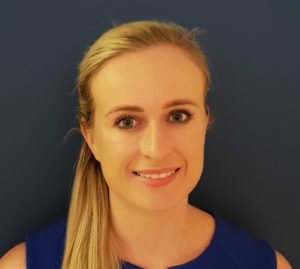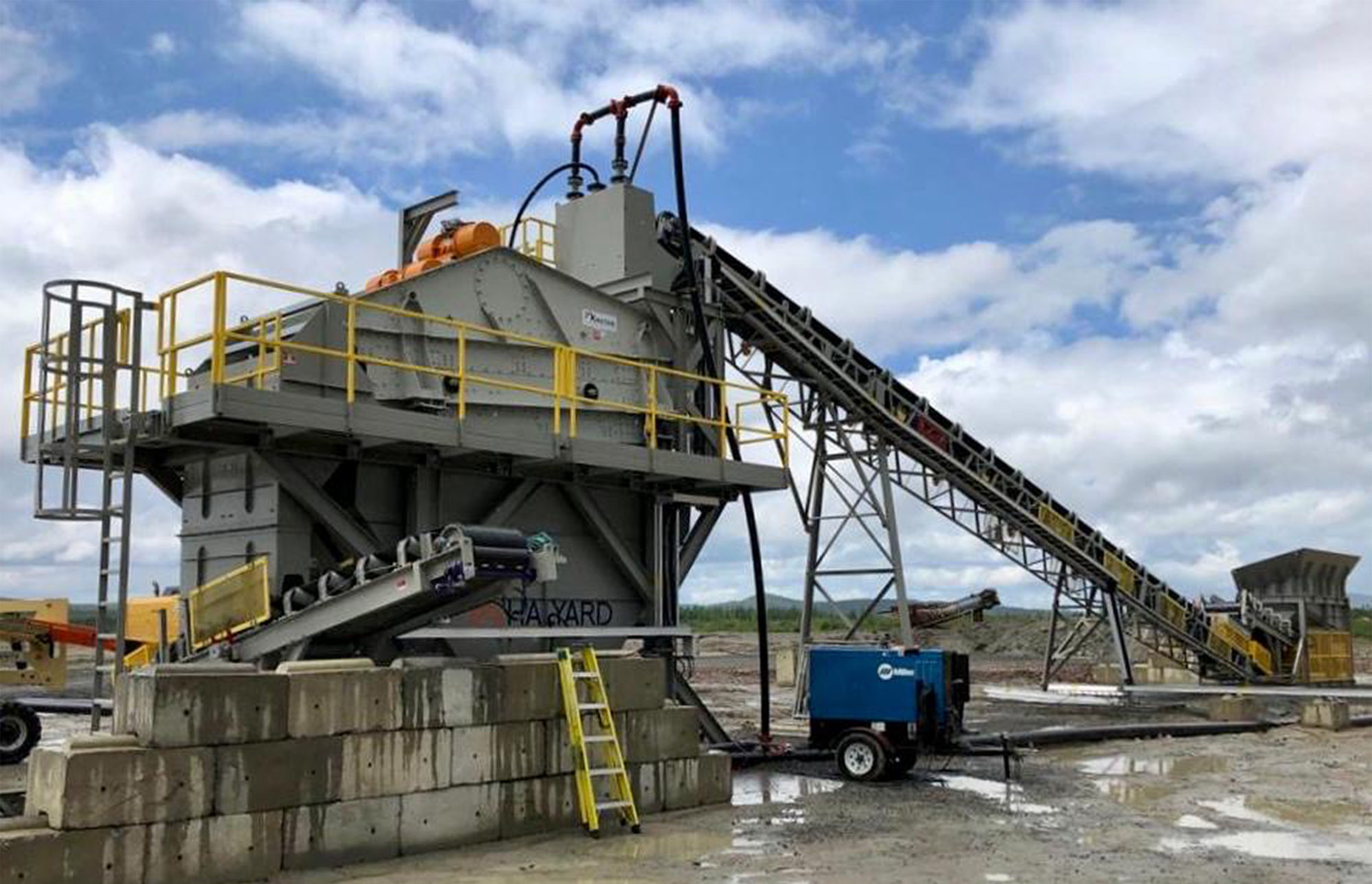Mineral process plant designs are favouring higher-capacity vibrating screens and a more holistic approach to plant optimisation, according to screen specialist Kwatani.
“These trends hold great potential for the mining sector, and Kwatani has been at the forefront of technologies driving this direction,” Annelize van der Walt, Kwatani’s Business Development Manager for Mining and Minerals, says.
Vibrating screens are essentially the “glue” that integrates various unit processes, from bulk materials handling to optimally liberated comminution and pre-concentration, according to the company.
“Larger, engineered-for-tonnage screens are growing in popularity, as they reduce the number of processing modules and hence the level of infrastructure required, especially on mega-projects,” van der Walt says. “Higher capacity is becoming the new design standard for greenfields projects.”
There is also an ever-greater demand for reliability and uptime in these mission-critical machines, as well as an expectation of longer lifespans. All this requires bespoke solutions that address site-specific conditions, van der Walt says, while leveraging digital technology for real-time monitoring and control.
“Kwatani’s metallurgists and engineers use their extensive on-site experience and in-house laboratory facilities to innovate from our proven technologies,” she says. “A cornerstone of our philosophy is close collaboration with engineering, procurement and construction management contractors and end-customers to customise solutions, from concept to construction, commissioning and operation.”

Specific conditions include waterless beneficiation in arid Mauritania, where Kwatani’s screens operate completely dry in an iron ore plant. In South Africa and Botswana, meanwhile, the company has retrofitted dewatering screens to reduce water consumption, while increasing output by 40% with the same footprint.
“We also recently designed screens for exceptional ore characteristics in a precious metal beneficiation facility in Canada,” she said. “This required a high level of customisation, not only in the screening media but in the mechanical design.”
Remote mine locations – which are difficult to access for maintenance and replacement purposes – also guide the design parameters. In a recent project, Kwatani innovated by selecting special hard-wearing materials for the construction of the screening equipment. The design included components that would provide early warning of wear.
Embracing a more holistic plant design approach, customers often invite Kwatani to participate in optimising the screening side of their chosen beneficiation technology, van der Walt says. A different screening approach would be taken, for instance, in a dry pre-concentration application than in wet dense medium separation.
“This holistic approach is also facilitating greater synergy between original equipment manufacturers,” she says. “This is a very positive trend, allowing us to consider the impact of different equipment on the performance of each – from mineral processing apparatus to transfer chutes.”
Underpinning Kwatani’s responsiveness to customer’s specific needs is its ongoing research and development.
“Our R&D unit is currently working on projects to suit our designs to novel crushing and grinding technologies, which are changing the whole approach to the process flow of future plants,” van der Walt says. “These are significant innovations for the mining sector, and we are excited to be at the forefront with our evolving screen designs.”
Kwatani is incorporating digital technologies to facilitate remote monitoring and control of its vibrating screens. It is also piloting a service app for mobile phones, which helps operations predict their maintenance needs more accurately. The app also helps to drive down the total cost of ownership by gathering data that can be used in future design improvements.











